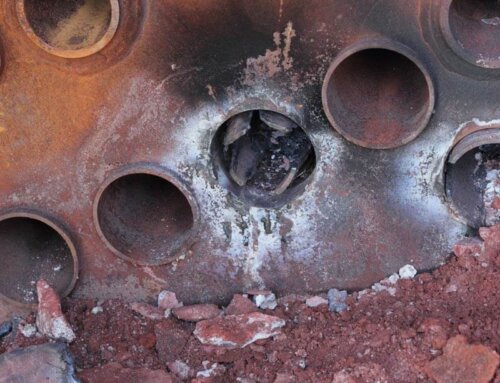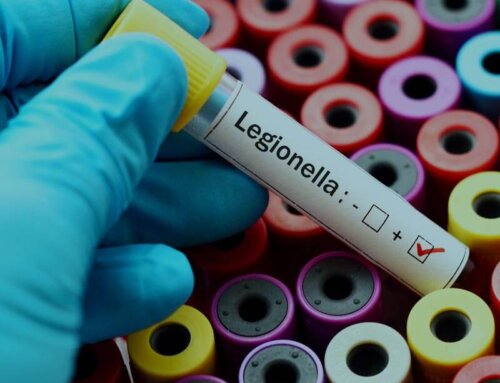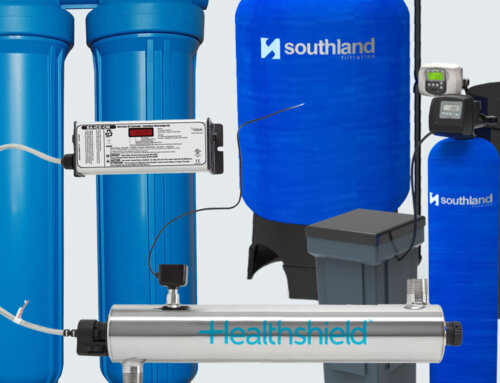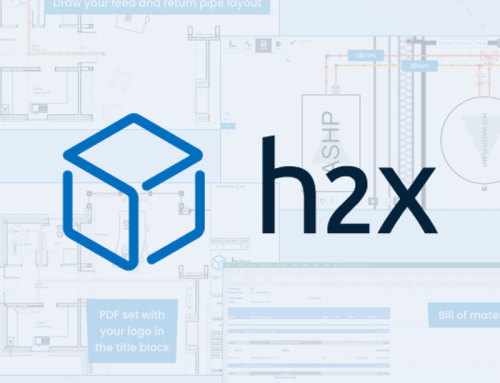Date: 01/06/2018
Read Time: 1 min 20 sec
Author: Andrew Cox

Key points:
- Project budgets often override sensible water filtration solutions in commercial rainwater harvesting systems, potentially compromising water quality.
- Neglecting proper filtration can lead to health hazards due to contamination by disease-causing microorganisms from animals and pollutants leaching from roof materials. Increased awareness necessitates addressing public liability risks and ensuring water treatment is included in designs.
Budget Prioritisation
From specification to installation of a commercial rainwater harvesting system, the project budget often takes priority over common sense when it comes to the water filtration solutions.
Even if potable quality water is not the intended use of harvested rainwater, attention must be given to suitable water treatment. Failing to install a proper system could result in a case of contracted illness from contaminated water – the question will then arise, who is legally responsible?
In the past, filtration has often been considered an unnecessary add-on to recycling rainwater and frequently omitted to meet project budgets. It must be recognised that cutting out or downgrading the rainwater harvesting filtration system can increase health risks significantly.
Health Risks
Contamination of collected rainwater with disease causing microorganisms (bacteria, viruses and protozoa), from birds and other animals, poses the biggest risk to health. There is always the possibility of inadvertent ingestion while washing hands or inhalation of the microorganisms found in harvested rainwater. Leaching from roof materials, like lead, copper and other roof materials may also occur when rainwater harvesting.
Times are changing. Increasing levels of pollutants are joining the organic threats, and we are all more conscious of this. Specified commercial rainwater harvesting incurs a public liability risk.
There are questions we have to answer: Who is responsible? Was water treatment specified in the design? Was it taken out due to budget constraints? Is the risk of not including treatment worth it?
Want to meet requirements?
Contact our team to discuss how to meet requirements cost effectively on 1800 656 771 or email andrew.





